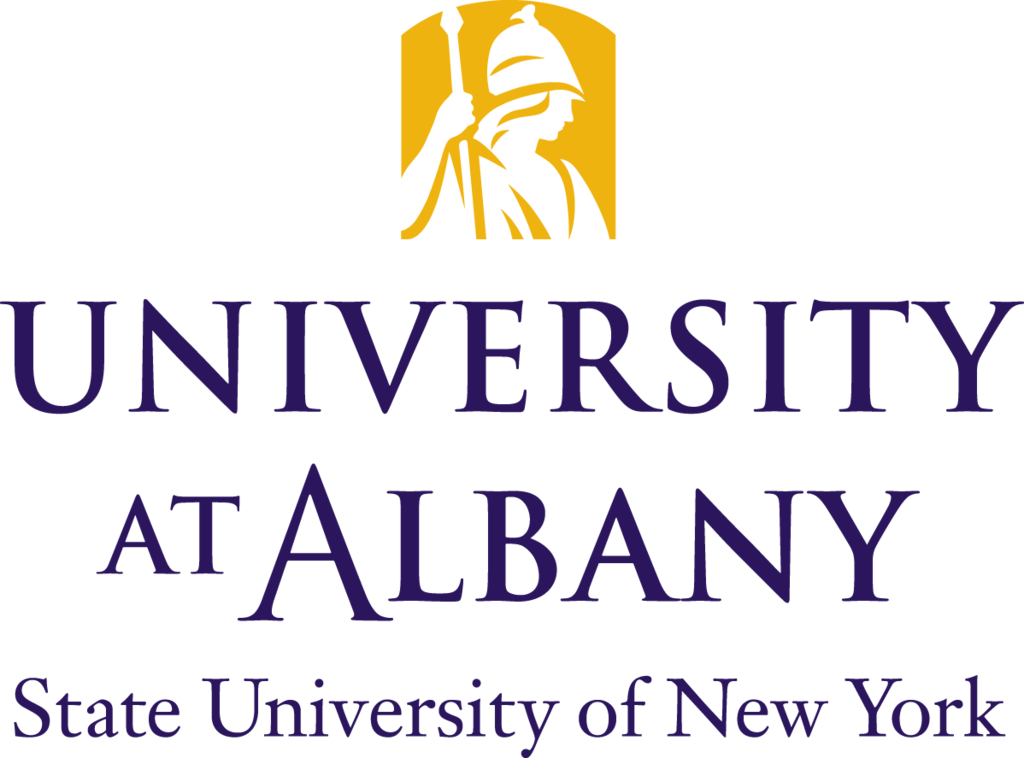Contact: (at Albany) Vincent Reda
518-442-3078
[email protected]
(at UCLA) Kay Cooperman 310-206-5951
University at Albany and UCLA Researchers Lead Study Seeking Solutions to Electronic-Record Preservation Crisis
You buy a house. You get a deed. It's in black and white on paper. You can feel confident that if changes are made to this proof of homeownership, you'll be able to tell.
But what if the deed were an electronic record? What if information on it were inadvertently changed - the numbers in the lot size; the letters in the owner's name - as the record is moved from one piece of software to another? How could anyone tell? How would you retrieve the original information now permanently deleted? And how can you be sure the record will still exist or be readable using technology 15 years from now when you're ready to sell your home?
A new nationwide research project led by archival information scholars at the University at Albany and UCLA will tackle this Information-Age dilemma.
The project, which begins this summer, is funded by a $424,796 grant from the National Historical Publications and Records Commission, the single largest award in commission history. The commission is the grant-funding agency of the National Archives and Records Administration.
"Long-term preservation of vital organizational records and critical research data created or maintained in electronic systems is one of the most critical global issues of the digital age," said Philip Eppard, dean of the School of Information Science and Policy at the University at Albany and principal investigator and director of the research project.
"Think about the role of records in society," added project co-director Anne Gilliland-Swetland, assistant professor of information studies at UCLA's Graduate School of Education & Information Studies. "Business and government cannot conduct business without producing and retaining trustworthy records, and the trustworthiness of the records is at stake here. If you think Y2K is a problem, Y2K is just the tiniest inkling of what is coming on the preservation front."
The researchers note that currently there is no method of permanently preserving and authenticating documents created on electronic record-keeping systems within institutions like the government, universities and corporations.
"As you move material from system to system, (known as migration), there are all sorts of chances for error, accidental or deliberate, to crop up," Gilliland-Swetland said. "Currently,
we're turning over main frames at about once every three years, main-frame systems and micro-computer systems every 18 months. You're looking at a constant migration track."
Also at issue is the definition of a record versus a piece of information in a digital environment. In the paper world, information constantly is updated, and it's discarded when no longer needed. A record is never supposed to be changed - at least not without documentation of that change. The definition of a record often is dictated by the rules of evidence in a courtroom or by society's needs for historical and cultural evidence over time.
In a digital environment, often a record is just a collection of data fields that can be pulled up on a computer screen. "Someone will look at it, make a decision and then shut the screen off and the record's gone away. Legally and historically, you're required to be able to track what was seen on the screen in order to be able to understand how a decision was made," Gilliland-Swetland said.
Along with the ease of making changes in an electronic environment, researchers face another major challenge: the limits of the technology.
"We simply do not know how to build an electronic system whose content can endure for longer than a very short amount of time," Gilliland-Swetland said.
And preserving electronic records isn't a simple matter of printing out a hard copy, since such records can include sounds, images and moving pictures.
"Today, preservation is about a commitment to renewing, refreshing and migrating content rather than freezing it onto one medium and not doing anything with it," Gilliland-Swetland said. "Really what we're focusing on now is how we can continue to keep that content available and representing what it represented originally within the context that it needs to be seen, whether it's a cultural, historical, legal or a business context."
The 18-month initial phase of what is expected to be a three-year project is the American portion of the InterPARES (International Research on Permanent Authentic Records in Electronic Systems) Project based at the University of British Columbia's School of Library, Archival and Information Studies. At least 10 nations, including Australia and countries in North America, Europe and Asia, are participating in the research.
"We have a rather ambitious set of goals for this project," Eppard said. "Ultimately, we aim to formulate model policies, strategies and standards for ensuring that authentic electronic records will be preserved over long periods of time."
In addition to the University at Albany and UCLA, the American arm of InterPARES includes researchers at the University of Missouri, Georgia Tech and Penn State as well as electronic records specialists at the National Archives in Washington, D.C. And an industry group, including pharmaceutical, chemical, biotechnology, high tech and other businesses interested in developing electronic lab notebooks, is participating in the research.
"This project is distinctive in that it brings together archivists, records managers, preservation experts and computer engineers from around the world to deal with what is a worldwide problem," Eppard said. "If our project is successful, people who need to access information from records created electronically in the 1990s will have a guarantee that those important electronic records have survived and are authentic."
July 27, 1999 99-79
NOTE: E-Mail photos of Eppard avaiable
For more information, visit the U.S. InterPARES' Web page at http://is.gseis.ucla.edu/us-interpares.
For more University at Albany information, visit our World Wide Web site at http://www.Albany.edu.
